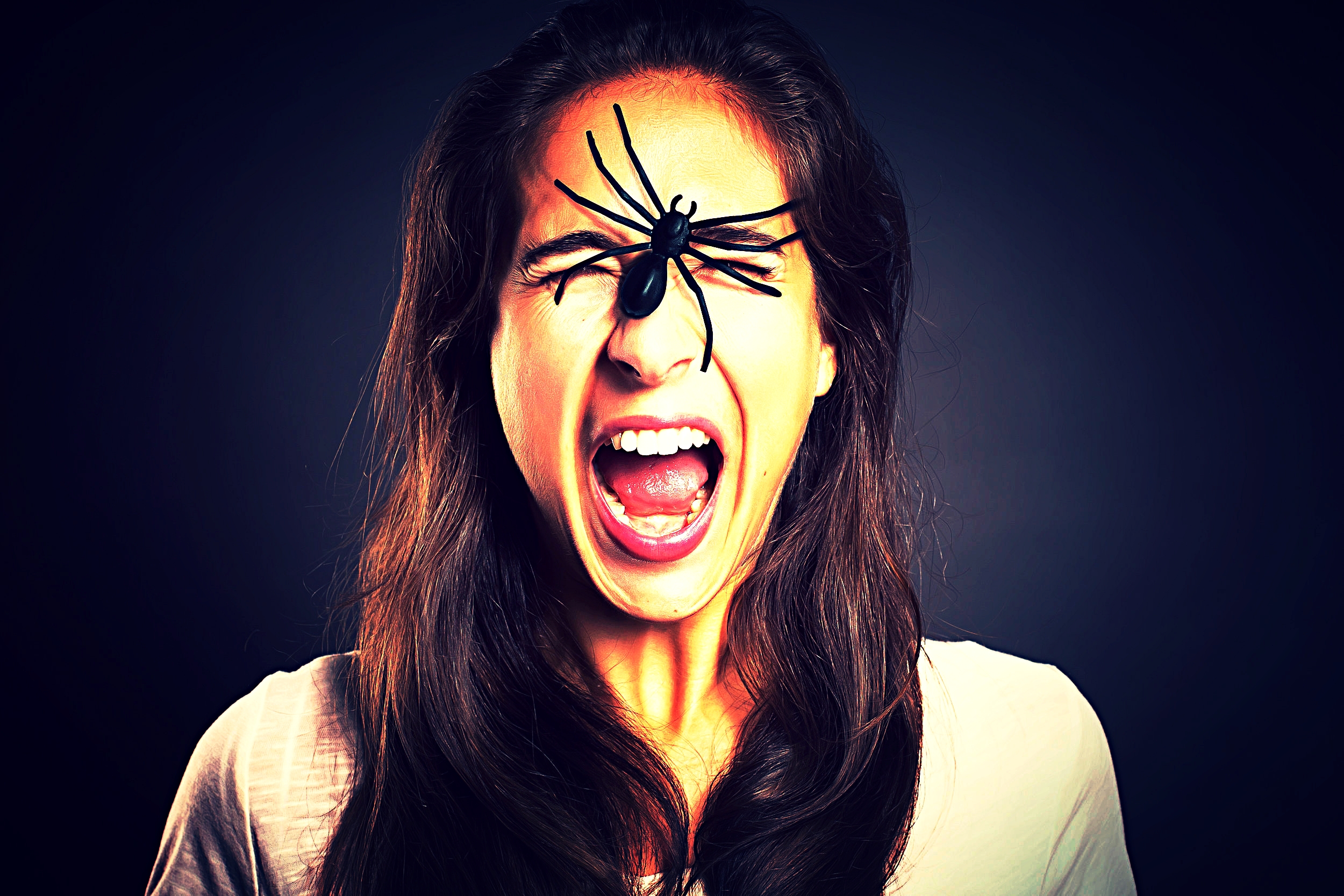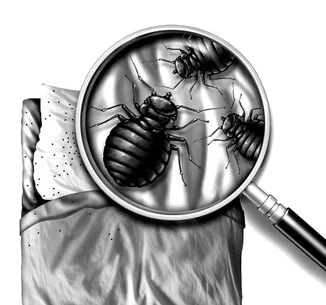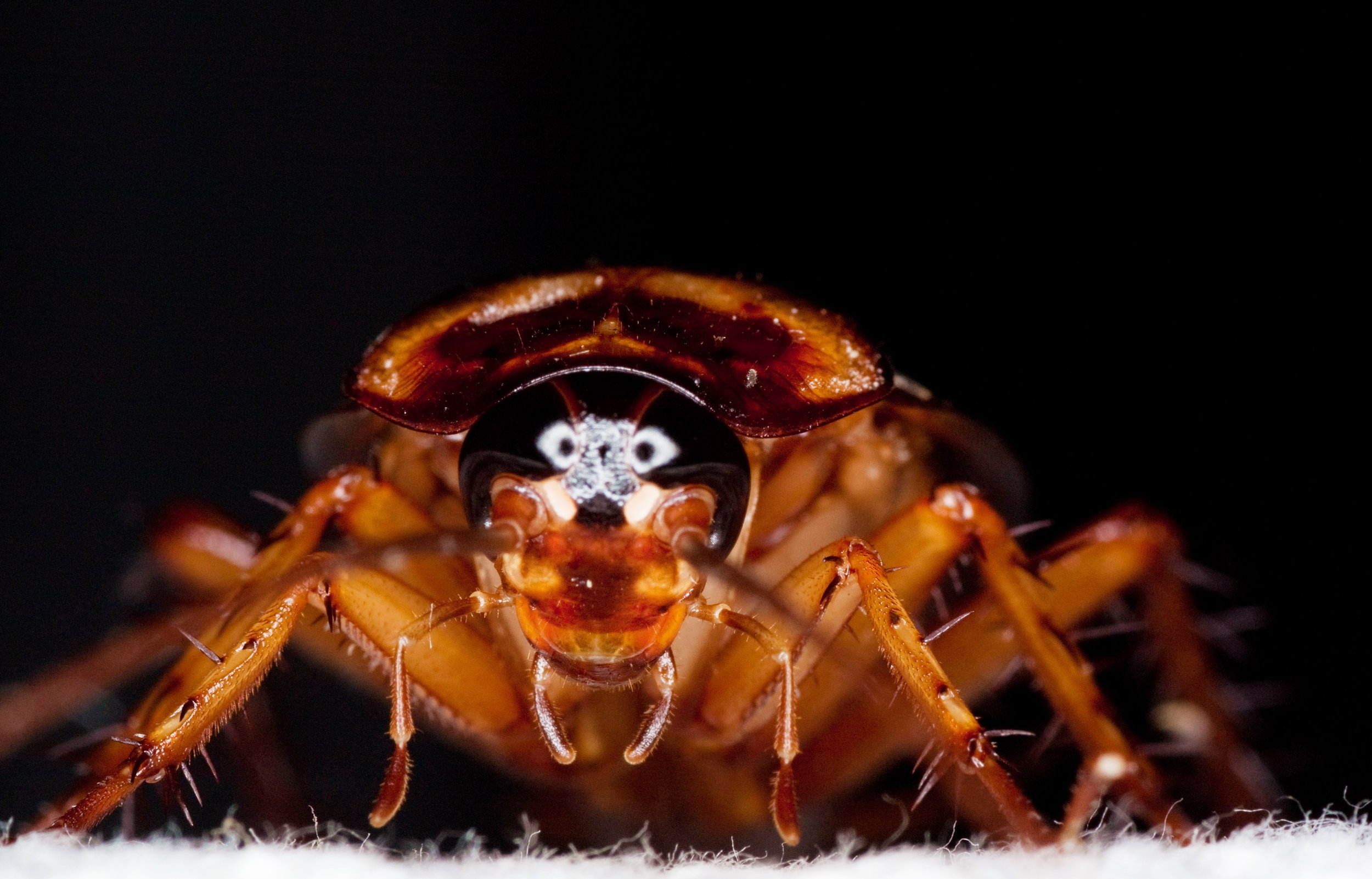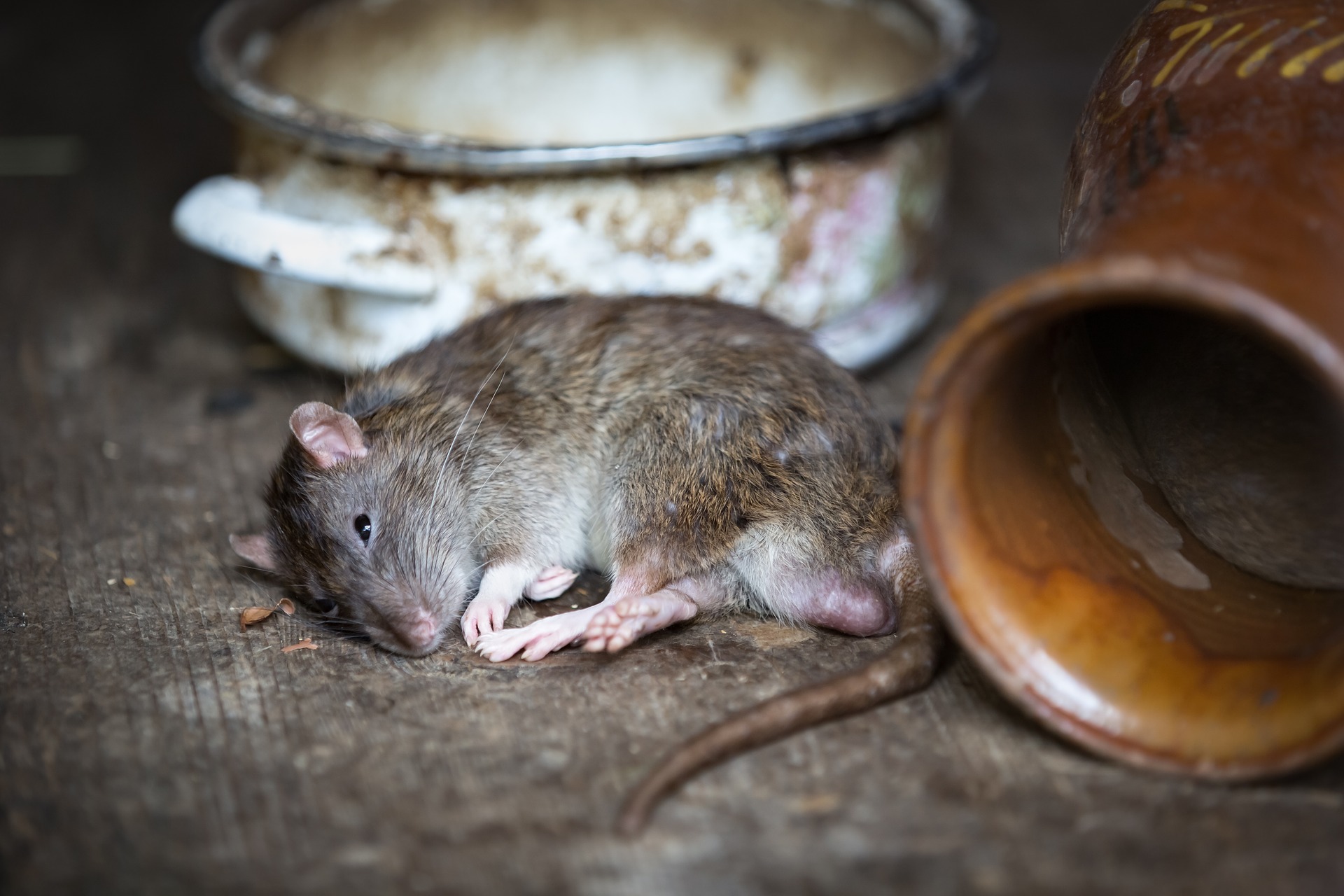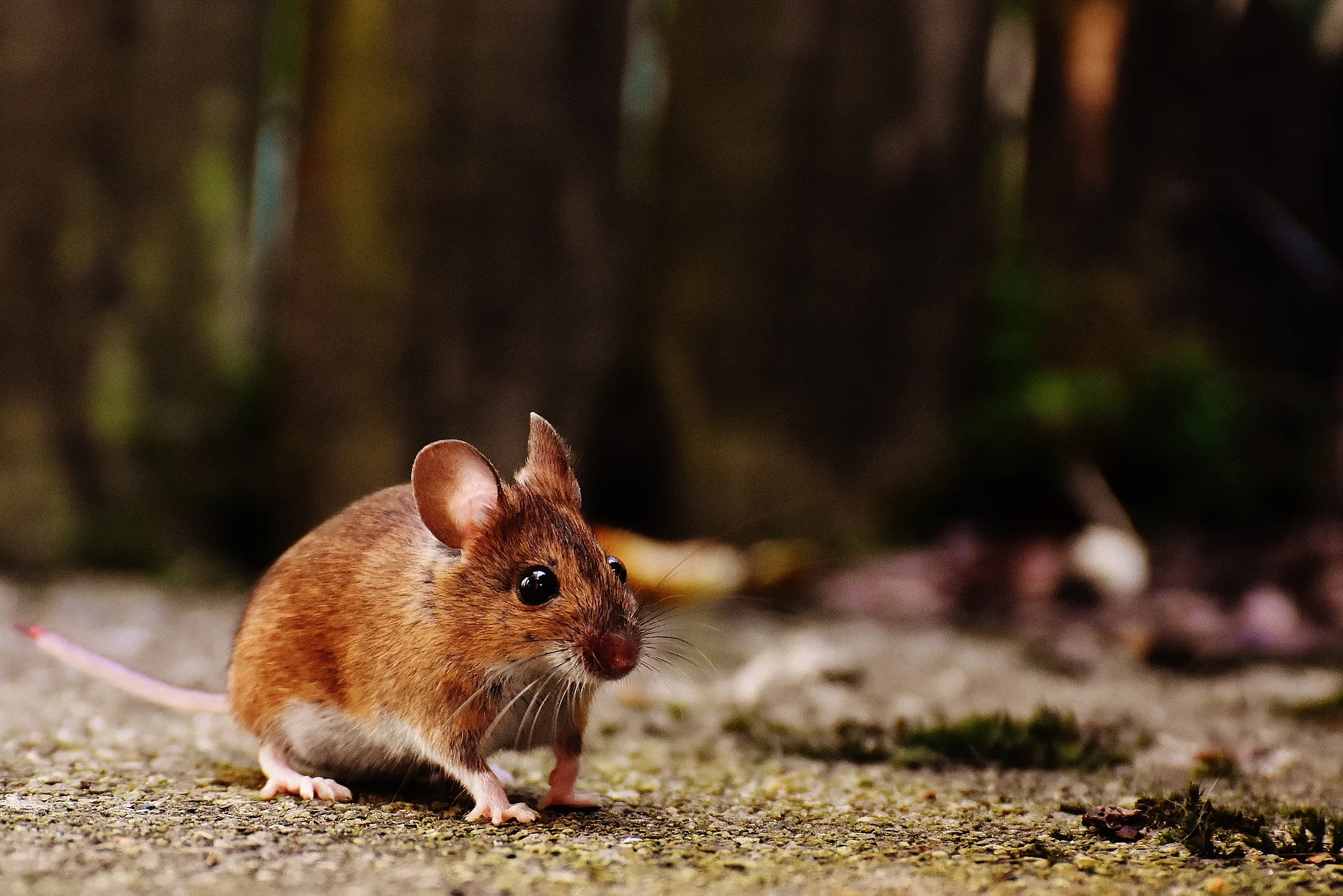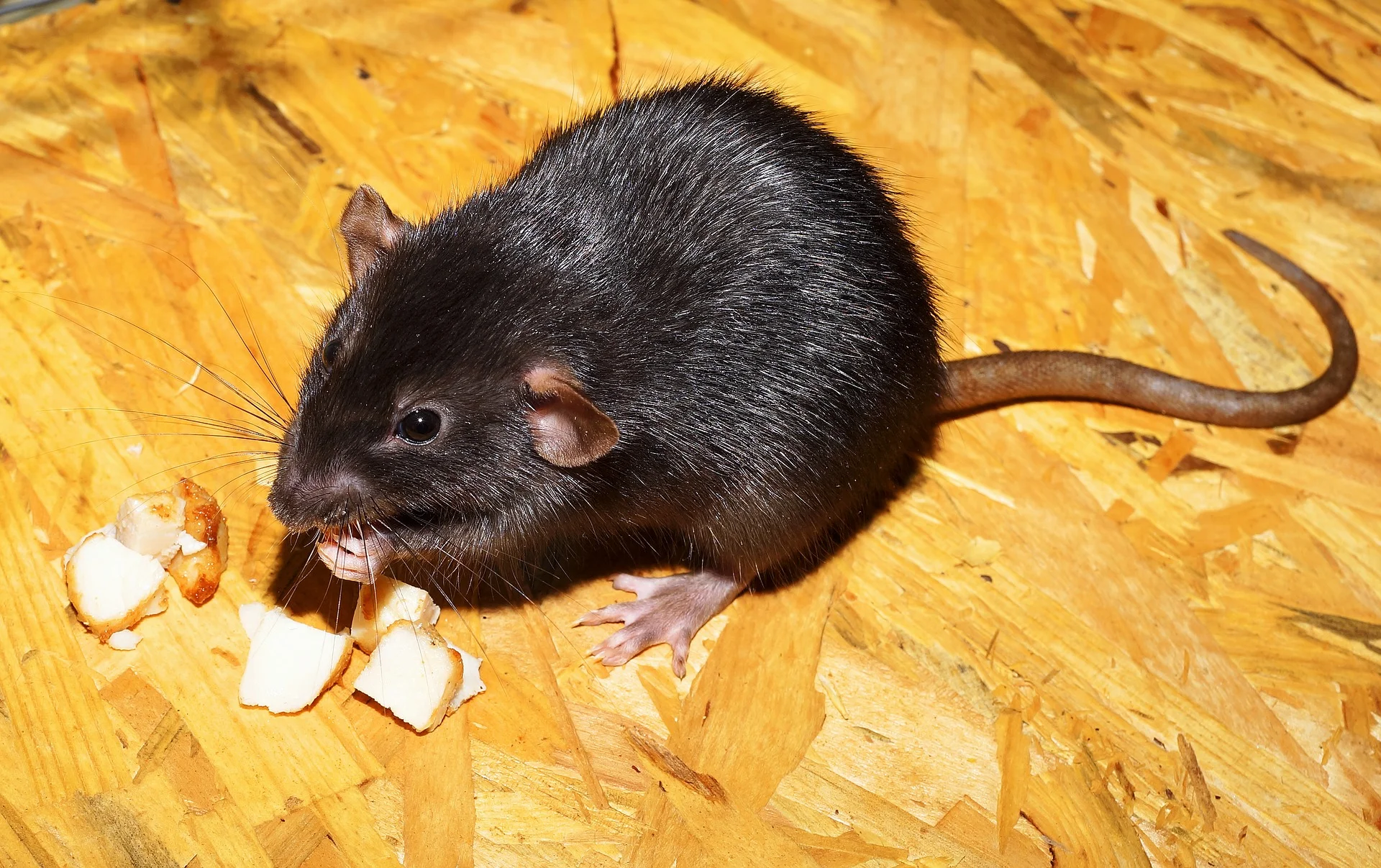Psychology tells us that if you wear bright colors you are energetic, outspoken and lively. If you prefer dark colors you're sensitive and artistic. If it's difficult to sit still you're easily frustrated or nervous. If you approach a person quickly you are confident. If you approach slow you are shy and uncertain. But, what about insects? Research now indicates they may be more human than human.
Something Like Human
If insects are anything like people as researchers are discovering, there is much more to be understood about the way insects interact with us and with what they have to say. Maybe knowing the true intention of an insect could prevent the sting or bite. Better yet, this knowledge may help destroy the false beliefs causing our minds to discriminate against all insects everywhere due to their appearance or stigma.
Can you imagine the gentle touch from the delicate pads of a butterfly coming to rest on your arm on a warm summer day, or the soft tickle of a caterpillar walking along the side of your finger? What if the invisible flush of air felt under a hovering bee was nothing more than a friendly creature saying, "Hello." Fact is most insects would not willfully harm you. Insects are the opposite of aggressive, even the ones we fear most, like hornets, black widow and, Brown recluse spiders.
Researchers have discovered that insects react to threatening external stimuli by retreating or hiding - not attacking! While disproving their aggressive behavior, it was discovered that insects actually have solid memories, the ability to reason, remember, and react in a non-threatening manner. Like trees and other plants, insects are fully capable of communicating, so if it happens to one bug it's very likely they will all know.
It's important to note that there are insects like mosquitos, bed bugs, and fleas that do cause potential harm to people, but this doesn't mean they are aggressive. These critters are not much different from a human hunting deer or turkey because like humans, they do what they must in an attempt to survive.
Understanding the fear, psychology, and true nature of insects goes a long way in their prevention and control. Like bug whisperers, Pest professionals get insects. They may not speak the language of Bug, but, Pest professionals are well trained and know an insect's likes and dislikes. So much so that in recent years, Pest Control companies have begun moving away from standard treatments to rely on their understanding of insects as a means of prevention and control. IPM (or Integrated Pest Management) is the process of eliminating harborage sites, food and water sources near structures, (everything insects like) and repairing (or excluding) damaged areas on buildings to prevent insects from becoming a concern.
If you would like to understand insects a bit more click here or if you need some help preventing or eliminating them or other pests call Gladhill Services 717-597-1040 for assistance because we wanna know what's bug'n you.





